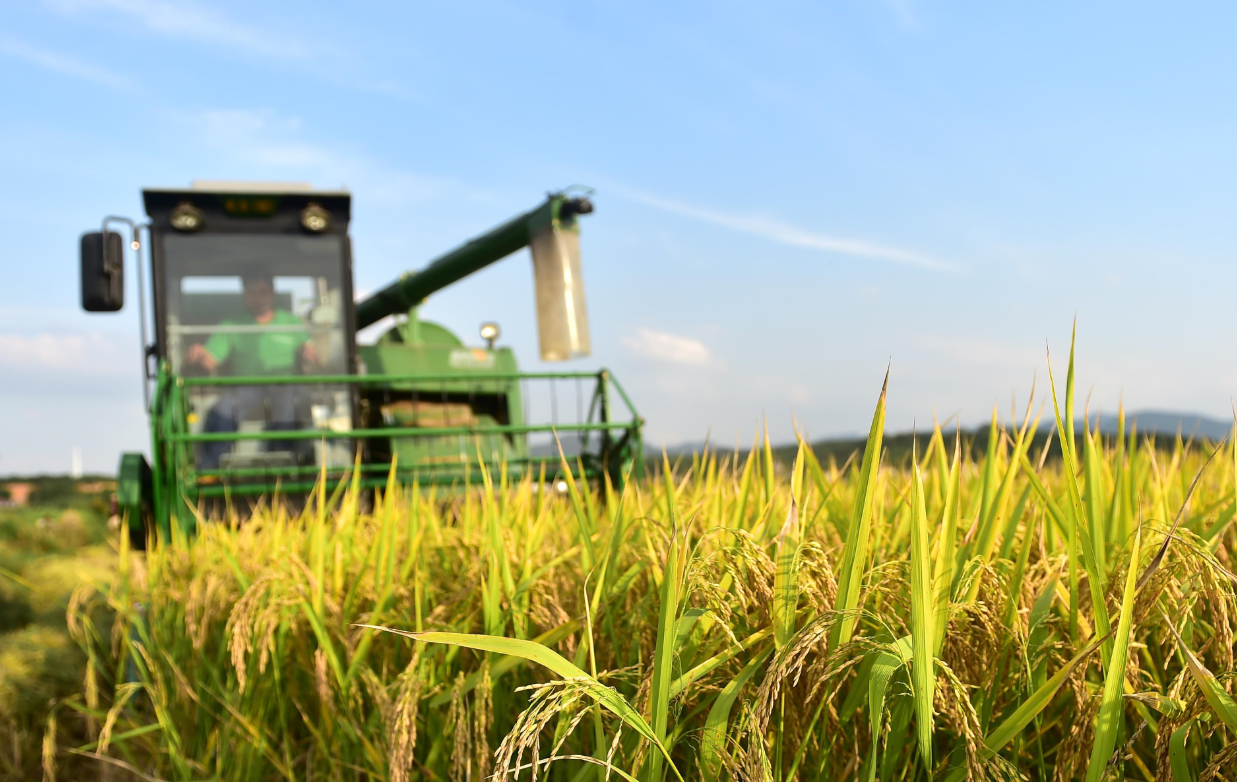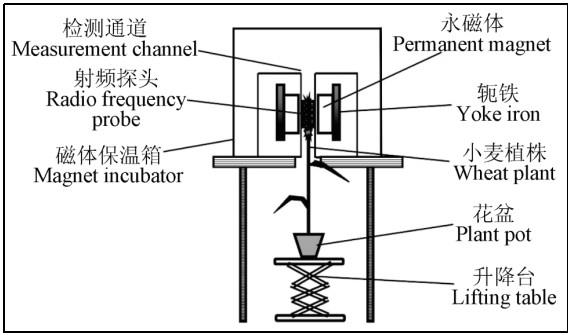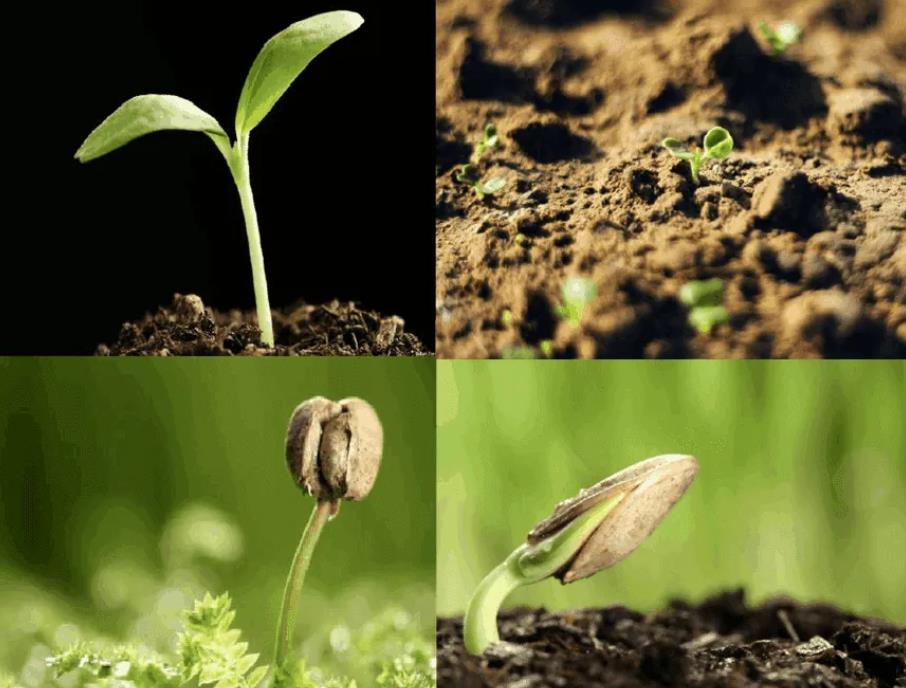Low Field NMR Researchin Rice Growth Process
Rice is one of the most important food crops in the world. More than 3 billion people depend on rice as a staple food. Rice is the most important food crop in my country. With the current decreasing arable land area, rice production must be increased.
For the growth of rice, Niumag low field NMR can provide an online low-temperature variable temperature module, program temperature control, and the MRI function to satisfied the relevant research in the low-temperature environment of agricultural simulation.
Low Field NMR Research the Grain-Filling Process of Rice
Rice grain filling is an important stage of rice growth and development, and it is the process of transporting photosynthetic products to the grain, which affects the seed setting rate, grain weight, yield and rice quality of rice.
We can use the non-destructive testing characteristics of low field NMR technology, combined with low field NMR proton density-weighted imaging and NMR T2 relaxation spectrum analysis, to conduct continuous live detection of rice to study the moisture changes in rice grain filling process, preliminary To explore the effect of soil moisture on rice filling rate and final yield.
Due to the limitations of conventional methods, there are few reports on the dynamic changes of water in various organs of rice during the whole filling process. Although the traditional drying and weighing detection method is simple and easy to implement, it is destructive and cannot accurately reflect the leaves of living rice. , The real-time response of rice water to soil moisture changes. Low field NMR has the absolute advantages.
Low Field NMR Research in the Process of Rice Grain Filling Should Pay Attention to:
Water layer control during rice filling period
- At the initial stage of grouting, keep a shallow water layer in the paddy field, and do not fill deep water
- In the middle stage of grouting, water should be watered frequently and less, so that the soil can maintain a certain degree of humidity
- In the late stage of grouting, it is necessary to water as little as possible to keep the soil relatively dry, which can enhance the vitality of the root system and prevent lodging in the later stage
Temperature management during rice filling period
- About 15 days before grouting, the optimum temperature for growth during the day is about 29°C, and the optimum temperature for growth at night is about 19°C, and the average temperature is about 24°C
- When grouting, the optimum temperature for growth is 20-28°C. 15 days after grouting, the optimum temperature for growth during the day is about 20°C, the optimum temperature for growth at night is about 16°C, and the average temperature is about 18°C
- During grouting, the maximum temperature cannot exceed 35°C, and the minimum temperature cannot be lower than 17°C
Low Field NMR Study on Cold Stress of Rice
Cold stress is an important factor affecting the geographical distribution and growth of plants. Cold temperatures can be damaging to plants, especially in the event of sudden frost, resulting in reduced crop productivity and quality. Rice growth is very sensitive to cold stress. When rice seedlings encounter low temperature weather, rice seedlings will suffer from growth retardation, yellowing, stunting, wilting and even death, which seriously affect rice growth and production. Improving the cold stress resistance of rice seedlings is of great significance for reducing the loss of cold damage in rice seedlings and promoting direct seeding of rice.
Harm of Cold Stress in Rice
1. Low temperature weakens photosynthesis, mainly because low temperature leads to protein denaturation in chloroplasts and reduced enzyme activity, thereby reducing plant photosynthetic intensity.
2. Low temperature reduces respiration intensity. Respiration is an indispensable condition for maintaining plant growth and development. In the process of rice growth, when the temperature drops by 10°C from the optimum temperature, the respiration intensity will decrease by 1.6 to 2.0 times.
3. The effect of low temperature on the absorption of mineral nutrients. The energy for roots to absorb mineral elements comes from respiration. Low temperature weakens the respiration of roots, which reduces the energy required for plants to absorb mineral nutrients, resulting in weakened absorption of nutrients by plants. Plant nutrient balance is disrupted.
4. The impact of low temperature on nutrient operation. Low temperature not only reduces the photosynthetic intensity of rice plants, affects the absorption of mineral nutrients by roots, but also hinders the transportation of photosynthetic products and nutrients to growth organs, reducing the operation speed.
At present, the low field NMR test system has been applied in many fields such as food, agriculture, porous materials, etc., and can perform physical property analysis and process dynamics research, especially in the quantitative and qualitative analysis of water distribution, water binding state, and water migration of samples. With its unique advantages, it can non-destructively, quickly and intuitively obtain the moisture and oil of the sample from one-dimensional quantitative analysis to two-dimensional spatial distribution.
 NIUMAG
NIUMAG


